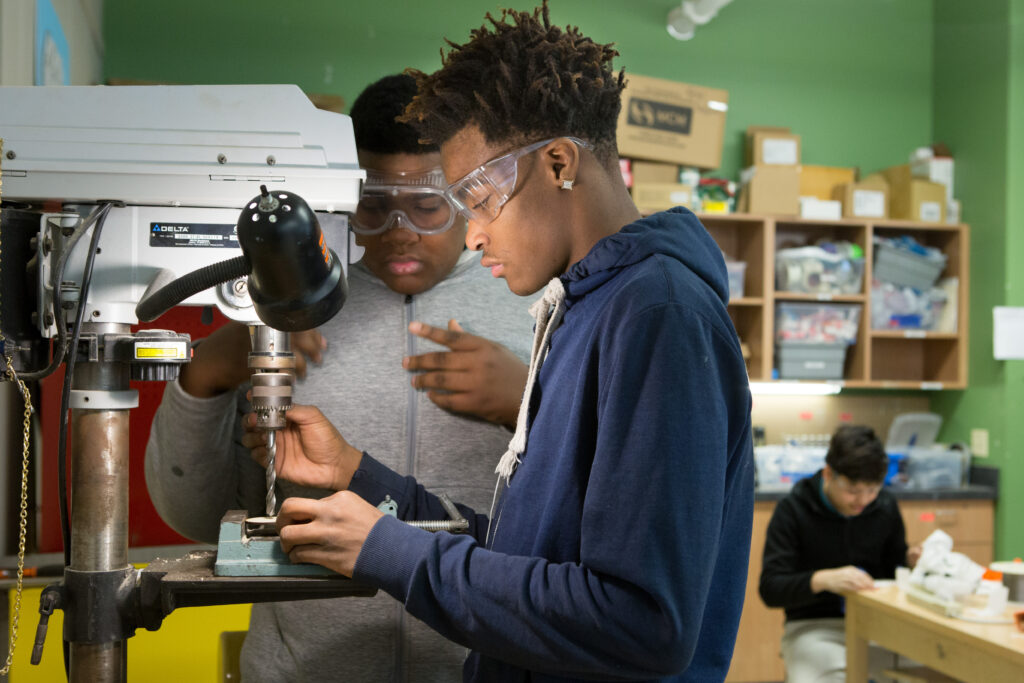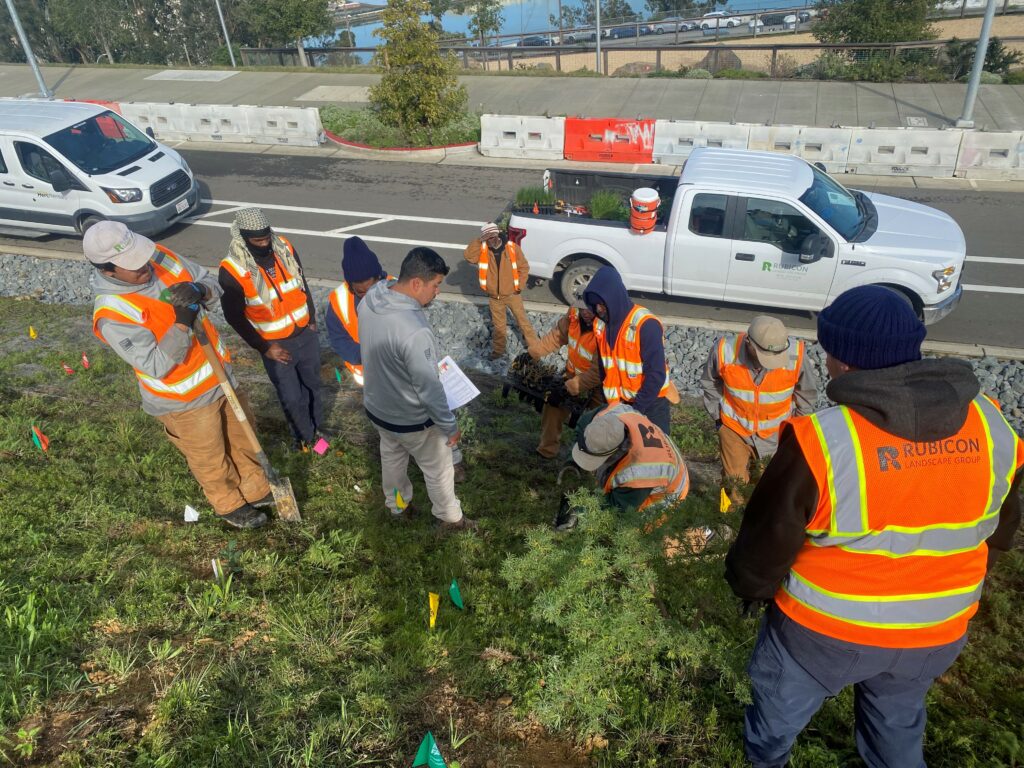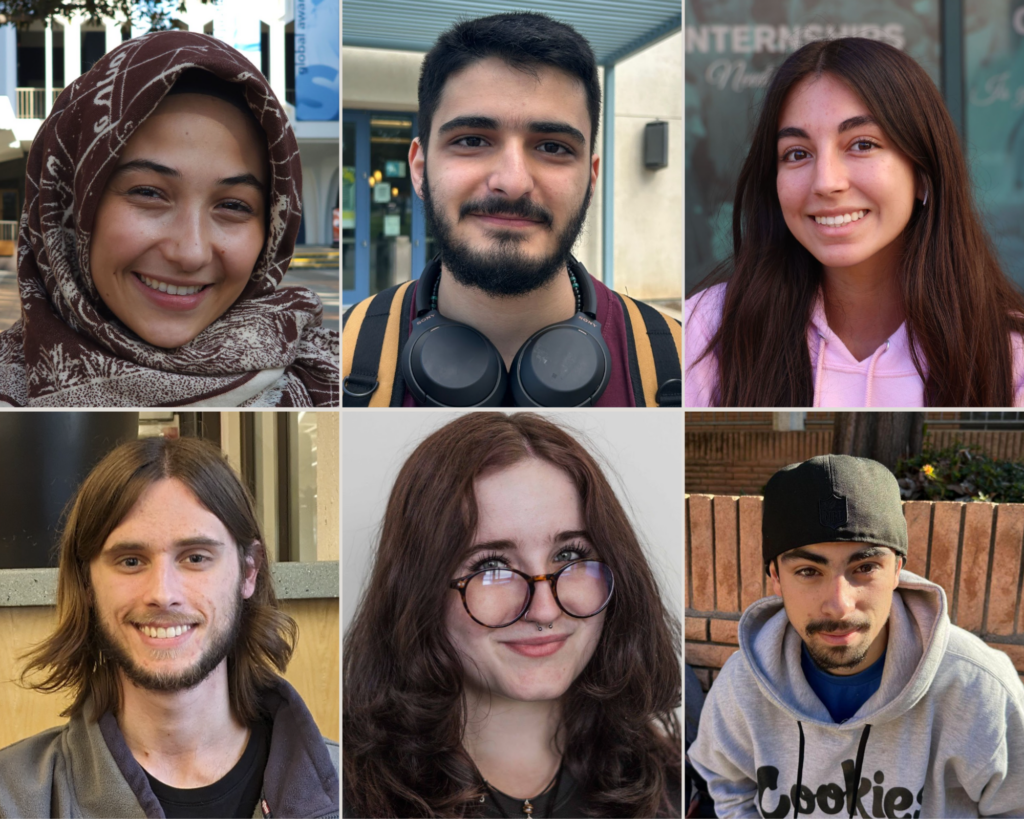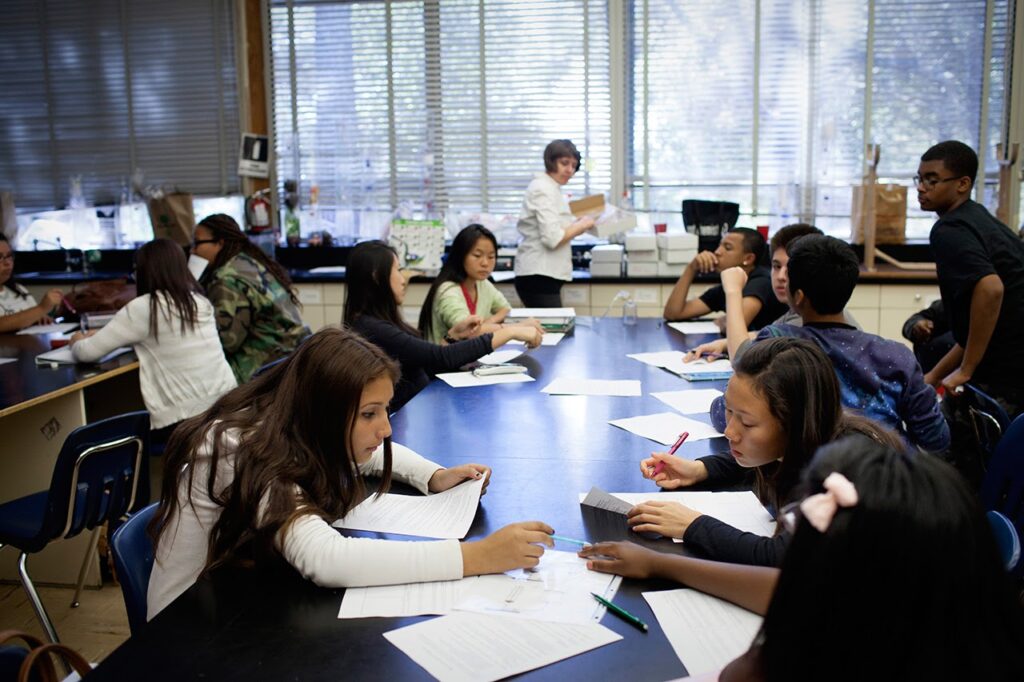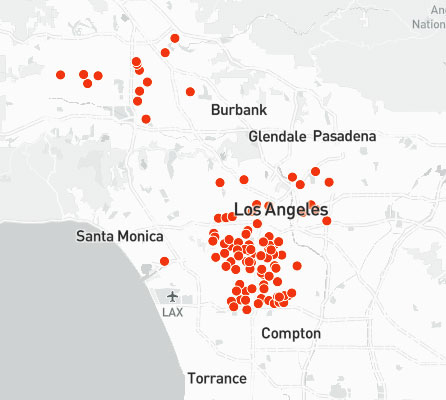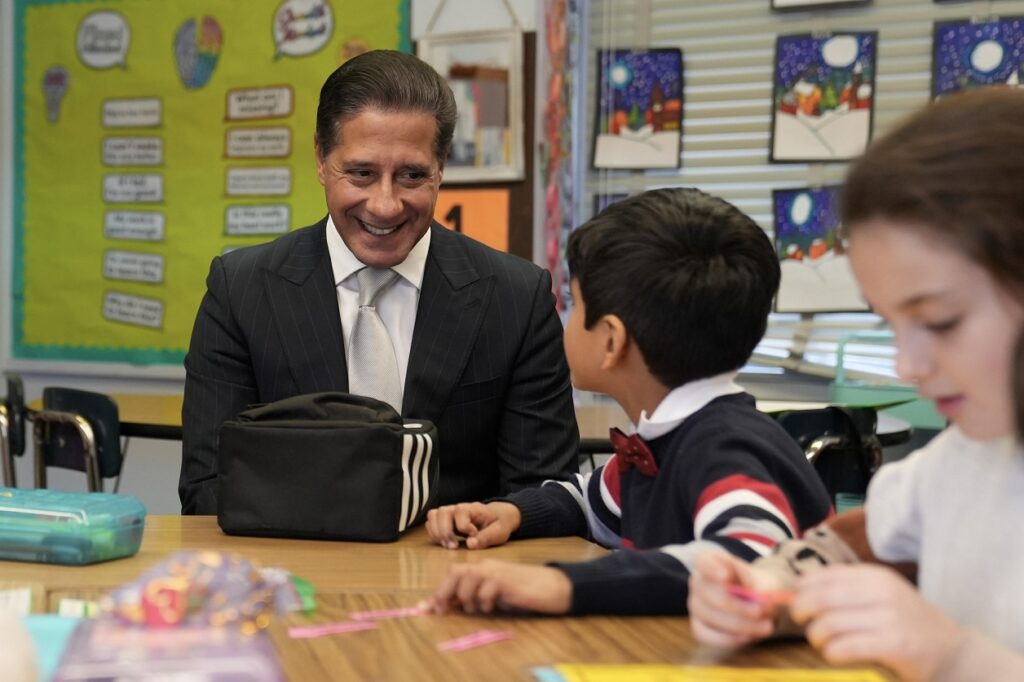
A student uses a drill press to work on an engineering project.
Credit: Allison Shelley/The Verbatim Agency for EDUimages
The design of California’s higher education system has been influential for its twin goals of high-quality undergraduate education and broad access to college. Though our public universities are renowned for their research prowess, the focal point for access has been our extensive network of community colleges — now comprising 116 — offering students first- and second-year courses with the opportunity to transfer and earn a four-year degree at a university.
But for students seeking to transfer in STEM fields, that opportunity borders on illusory: While 16% of community college students nationally complete a bachelor’s degree, only 2% earn a degree in a STEM field. Misaligned math policies play a role in unnecessarily narrowing that path. Absent a coordinated statewide approach, that is unlikely to change.
It’s not just that a student seeking to transfer in, say, computer science has to take three to six semesters of math, depending on the transfer destination. Before even taking those courses, many community college students must first complete two or three math prerequisites. And, because the actual requirements may vary from campus to campus, some have to take extra courses to ensure they are eligible for junior status at more than one university.
To make matters worse, there are inconsistencies in whether four-year campuses articulate — or recognize — a given community college course. Plus, the tools available to students to navigate their options tend to be clunky and outdated. Some students have been forced to enroll at a different college to repeat an already completed math course when one of their prospective transfer campuses doesn’t accept the first college’s course.
This maze of inconsistent and opaque math requirements is among the barriers to STEM transfer identified in our recent report, “A Complex Equation: Confronting Math Barriers on the Path to STEM Transfer.” Because these barriers are often out of students’ control, it is up to institutions to fix them. But, under current state policies, the state’s higher ed systems have little apparent incentive to alleviate them and increase transfer access to some of the state’s most popular STEM majors.
In fact, it appears that at some campuses, it is not a priority to admit even those students who do clear the math hurdles and other STEM requirements, according to the California State Auditor. The education code requires universities to provide “adequate” space for transfer students — generally interpreted as meaning at least one-third of upper-division enrollments — in all “colleges or schools.” But some high-demand majors at some campuses are balanced heavily against transfer students.
In biology, for example, for academic years 2018-19 through 2022-23, only 14% of Cal State LA’s juniors and seniors were transfer students, with Cal Poly-San Luis Obispo enrolling just 12% and UC Santa Barbara 14%, the auditor found. UC Berkeley’s transfer enrollment in two highly ranked departments was even lower: 11% of enrollments in computer science and 9% in environmental science are transfer students. Many of these campuses appear to be turning away eligible students, the auditor found: For example, in 2022, Berkeley denied 95 transfer computer science applicants whose preparation was considered “best prepared” or “strongly prepared.”
Added oversight is currently the only mechanism for shifting such patterns. A legislated pilot program requires UC campuses, beginning with UCLA, to create paths to STEM transfer. But UCLA chose to focus the program on relatively low-enrollment majors — atmospheric sciences, geology, math, and environmental science — not popular ones such as biology, computer science or engineering that are already at capacity.
Barriers in articulation also prevent community college students from benefiting from pioneering instructional approaches. Take, for example, a redesigned math sequence at UCLA. The new course, which has been offered to UCLA undergraduates since 2013, covers some traditional calculus topics in the context of modeling dynamical biological systems. Students taking the innovative course earned “significantly” higher grades in subsequent STEM courses than students who took the traditional course, and their interest in the topic doubled.
The two-course sequence is the primary math requirement for UCLA’s biology undergrads. But community colleges have not been able to offer the course. Since it is not available within the CSU system or at other UC campuses, if a community college were to offer it, only students who successfully transfer to UCLA could apply it toward a life sciences degree. UCLA allows students to transfer with a traditional calculus course, but this means that transfer students are deprived of the benefits of the modernized curriculum.
Both UC and CSU can take steps to better prioritize transfer students in high-demand STEM majors, as the auditor recommends. But to set and achieve statewide goals for transfer participation and completion — including STEM-specific goals — and improve success for historically underrepresented groups requires a greater degree of coordination across all three higher education systems.
One step toward achieving that is establishing a coordinating body in line with a proposal currently circulating in Sacramento. Another is ensuring that students have up-to-date, accurate and actionable information about transfer and course articulation through modernized transfer planning tools. A third is supporting innovation in STEM education through the California Education Learning Lab.
These would be minor investments toward ensuring more efficient, transparent, and evidence-based use not only of the billions of dollars our state invests in education, but also of another precious resource: our students’ time.
•••
Pamela Burdman, Alexis Robin Hale, and Jenn BeVard work for Just Equations, a policy institute dedicated to enhancing the role of math in education equity.
The opinions expressed in this commentary represent those of the authors. EdSource welcomes commentaries representing diverse points of view. If you would like to submit a commentary, please review our guidelines and contact us.
